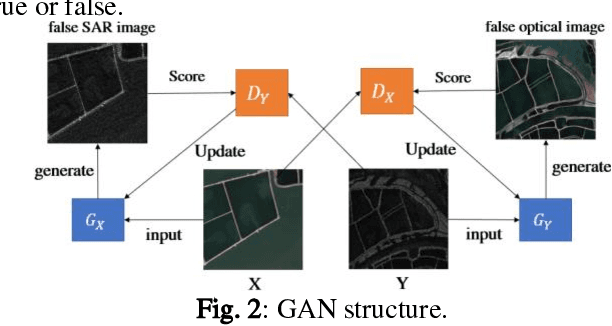Jiao Shi
Graph-less Collaborative Filtering
Mar 21, 2023Abstract:Graph neural networks (GNNs) have shown the power in representation learning over graph-structured user-item interaction data for collaborative filtering (CF) task. However, with their inherently recursive message propagation among neighboring nodes, existing GNN-based CF models may generate indistinguishable and inaccurate user (item) representations due to the over-smoothing and noise effect with low-pass Laplacian smoothing operators. In addition, the recursive information propagation with the stacked aggregators in the entire graph structures may result in poor scalability in practical applications. Motivated by these limitations, we propose a simple and effective collaborative filtering model (SimRec) that marries the power of knowledge distillation and contrastive learning. In SimRec, adaptive transferring knowledge is enabled between the teacher GNN model and a lightweight student network, to not only preserve the global collaborative signals, but also address the over-smoothing issue with representation recalibration. Empirical results on public datasets show that SimRec archives better efficiency while maintaining superior recommendation performance compared with various strong baselines. Our implementations are publicly available at: https://github.com/HKUDS/SimRec.
A Dual-fusion Semantic Segmentation Framework With GAN For SAR Images
Jun 02, 2022



Abstract:Deep learning based semantic segmentation is one of the popular methods in remote sensing image segmentation. In this paper, a network based on the widely used encoderdecoder architecture is proposed to accomplish the synthetic aperture radar (SAR) images segmentation. With the better representation capability of optical images, we propose to enrich SAR images with generated optical images via the generative adversative network (GAN) trained by numerous SAR and optical images. These optical images can be used as expansions of original SAR images, thus ensuring robust result of segmentation. Then the optical images generated by the GAN are stitched together with the corresponding real images. An attention module following the stitched data is used to strengthen the representation of the objects. Experiments indicate that our method is efficient compared to other commonly used methods
 Add to Chrome
Add to Chrome Add to Firefox
Add to Firefox Add to Edge
Add to Edge